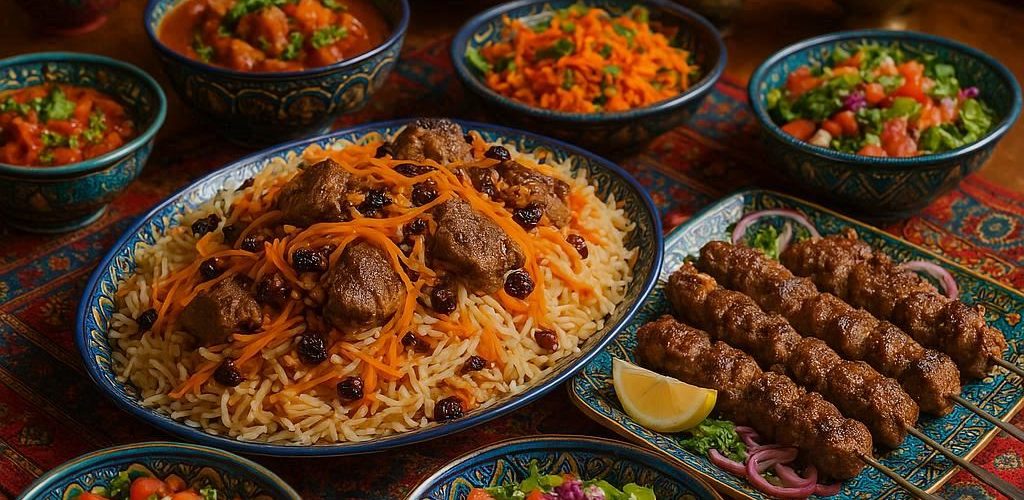Afghanistan, a country steeped in history and cultural diversity, boasts a culinary heritage that reflects its rich traditions and the influence of neighboring regions. Afghan food is a vibrant tapestry woven from a variety of flavors, ingredients, and cooking techniques, making it one of the most fascinating cuisines in Central Asia. For those unfamiliar with this delightful culinary landscape, exploring Afghan dishes offers a unique insight into the heart and soul of the Afghan people.
At the core of Afghan cuisine is rice, and one of the most iconic dishes is Kabuli Pulao. This aromatic rice dish is traditionally made with basmati rice, tender pieces of lamb or chicken, and a medley of spices like cardamom, cumin, and cinnamon. The dish is often topped with caramelized raisins, almonds, and carrots, offering a beautiful balance of sweet and savory flavors. The careful preparation of Kabuli Pulao showcases the Afghan emphasis on hospitality, as sharing a hearty meal is a central part of the culture.
Another beloved staple is Mantu, Afghan dumplings filled with ground beef, onions, and spices. These delightful dumplings are typically steamed and served with a drizzle of yogurt and a sprinkle of dried mint. Mantu not only serves as a satisfying dish but also highlights the communal aspect of Afghan dining, where families often gather to enjoy and share meals, reflecting their strong connections with one another.
Vegetables play a significant role in Afghan cuisine as well, with dishes like Borani Banjan taking center stage. This dish features eggplant slices that are fried to perfection and layered with a spiced tomato sauce and yogurt. Borani Banjan is a testament to the Afghan approach of using seasonal produce and demonstrates the importance of vegetarian options in their diet, catering to diverse dietary preferences.
When it comes to bread, no Afghan meal is complete without Naan. This traditional flatbread is baked in a tandoor oven, resulting in a crispy exterior with a soft, pillowy interior. Naan is not just a side; it’s an essential part of the meal, used to scoop up dishes or used as a wrap for grilled meats and vegetable preparations.
For those interested in snacks and appetizers, Samosa is a must-try. These crispy pastries are typically filled with spiced potatoes, lentils, or ground meat. They make for a perfect street food option and are often enjoyed with a side of tangy chutney.
In addition to the savory dishes, Afghan cuisine features an array of sweet delights. Baklava, a popular dessert, showcases layers of honey-soaked pastry filled with nuts, embodying the sweet and aromatic essence of Afghanistan.
Drinks are also an essential component of Afghan meals, with Chai (traditional tea) being a favorite. Served with milk and sugar, tea is often shared among guests as a symbol of hospitality and warmth.
In conclusion, Afghan food is not just about nourishment; it is an expression of culture, community, and tradition. The significance of meals in Afghan society transcends mere consumption. By exploring the various dishes, one gains a deeper appreciation for the resilience and creativity of the Afghan people, reflecting their history and the flavors that have been passed down through generations. Whether it’s in a home kitchen or a bustling market, Afghan cuisine promises a journey of discovery for all who venture into its delicious depths.




Add comment